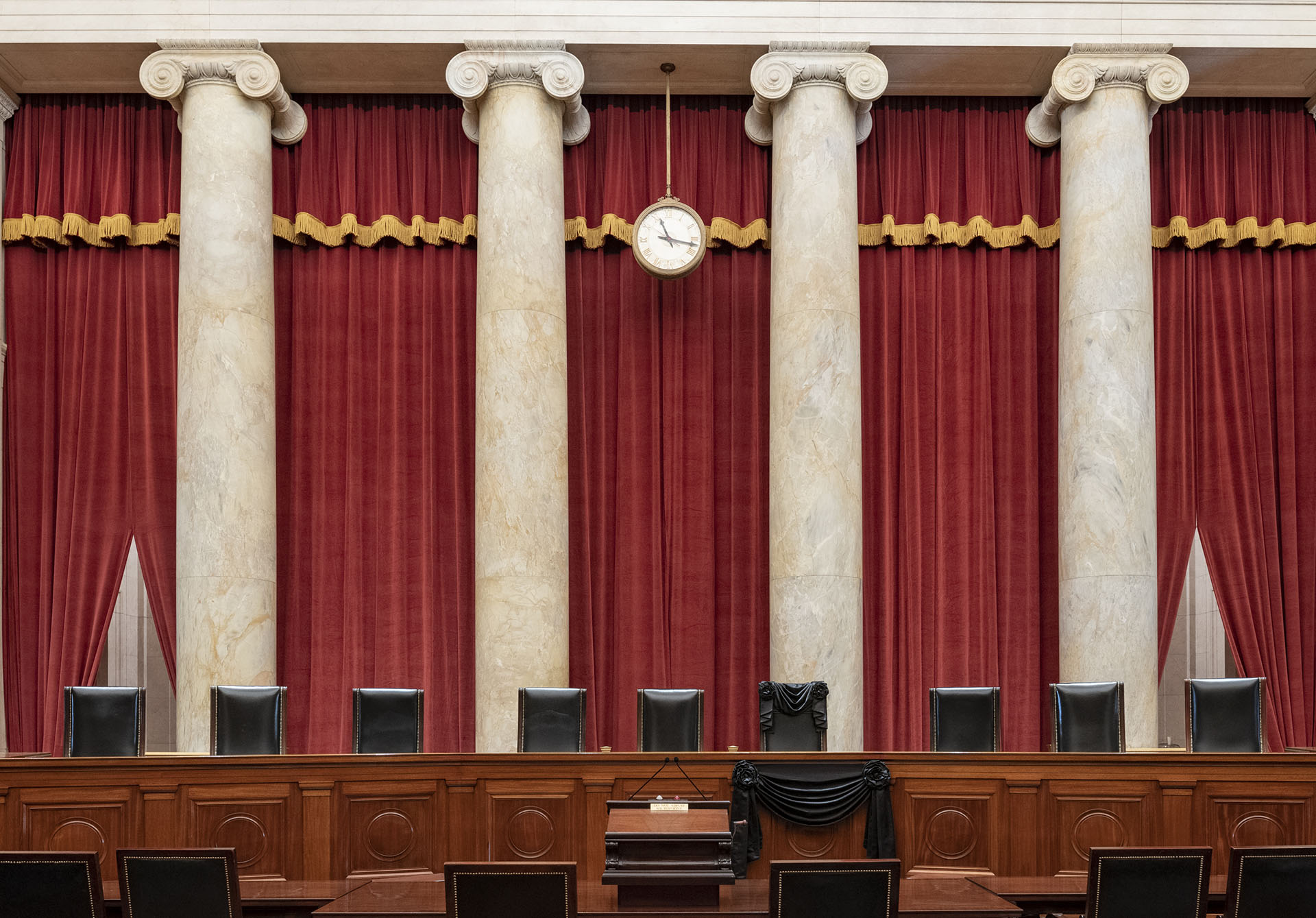Innovation Of Diffusion - AirPods What exactly are AirPods? AirPods are Apple's wireless earbuds that have skyrocketed in popularity since their release in 2016. These earbuds became the most popular accessory sold by Apple two years after their release, and since the initial release of the AirPods Apple has come out with a second-generation Airpods and Airpod Pros . I believe the reason Airpods caught on quickly was because of how innovative and unique it was. Unlike other Bluetooth headphones at the time, Apple's AirPods were sleek and modern and came with many advancements Apple users weren't used to. AirPods Through the Lens of Innovation Diffusion Innovators : Apple and its investors were the innovators of the AirPods. They were the ones who thought up, financed, produced, and pioneered the use and creation of the device. Early Adopters: Airpods were announced at an Apple Special Event alongside the iPhone 7 and the Apple watch series 2 on ...

Comments
Post a Comment